Things get even more versatile when we start automating parameters of the delay plugin. One of the most interesting delay tricks involves automating the feedback level. My favoured method is to write it in real time to start with:
…and then use the mouse to edit and clean up the result:
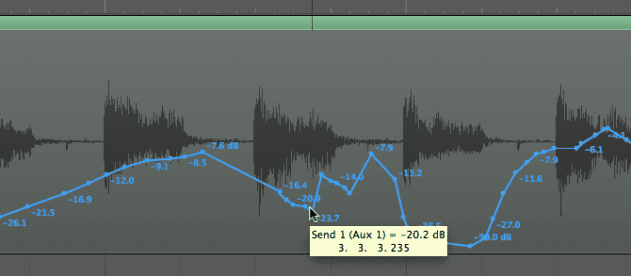
This technique can be used to apply heavy feedback effects that stop abruptly:
…or start low and get increasingly heavy, for dub-style crescendos:
Most delay plugins have a feedback threshold above which the delayed repeats won’t decay politely. With no filtering of the repeats this is usually at the 50% feedback mark. Feedback settings above this point will result in delays which get louder with each repeat, although this does risk the sound spiralling quickly out of control!
Further Automation
You can, of course, try automating many more parameters other than just feedback – for example, some delays have a built-in LFO for modulating the delay time. Automating the level of LFO modulation as seen and heard below can create interesting sonic variations:
Alternatively, try panning the delay around by automating the delay plugin’s channel pan settings.
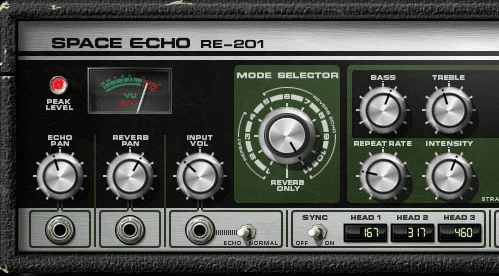
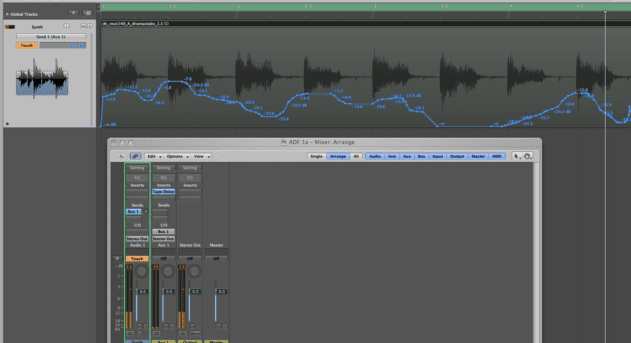
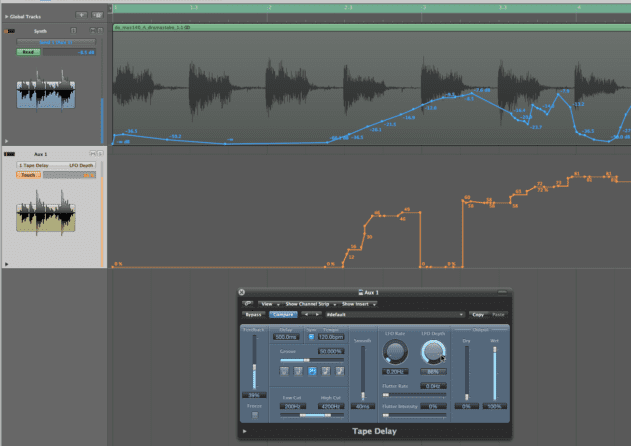
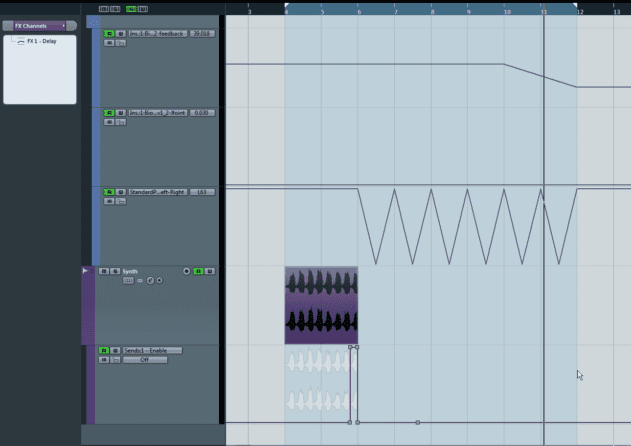
11.16 PM
Thanks! 🙂
12.01 PM
Thank you for this – helped me alot, easy and simple!
02.34 PM
I often use a channel’s dry input to automate the delay output, essentially creating a ducking compressor for the delay.
This, for instance, lets your dry vocals through without too much sonic clutter, while filling gaps with delay/reverb/whatever you want. Once dialed in, this could save you a lot of manual automating.
05.41 AM
okay i see